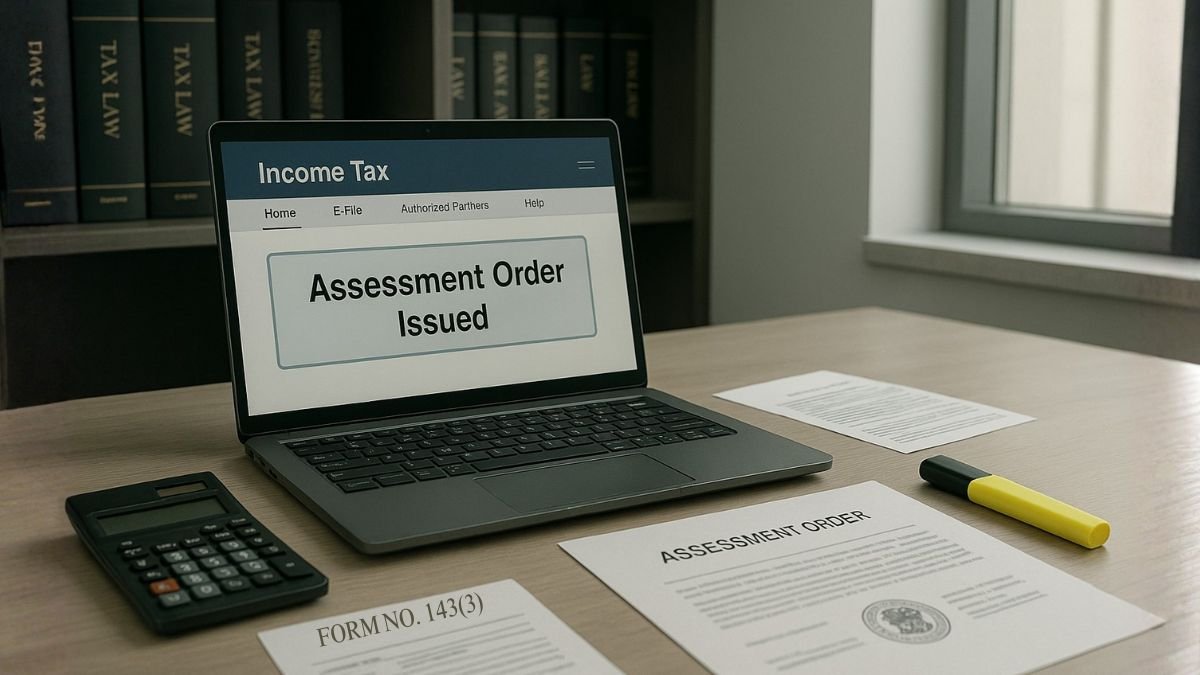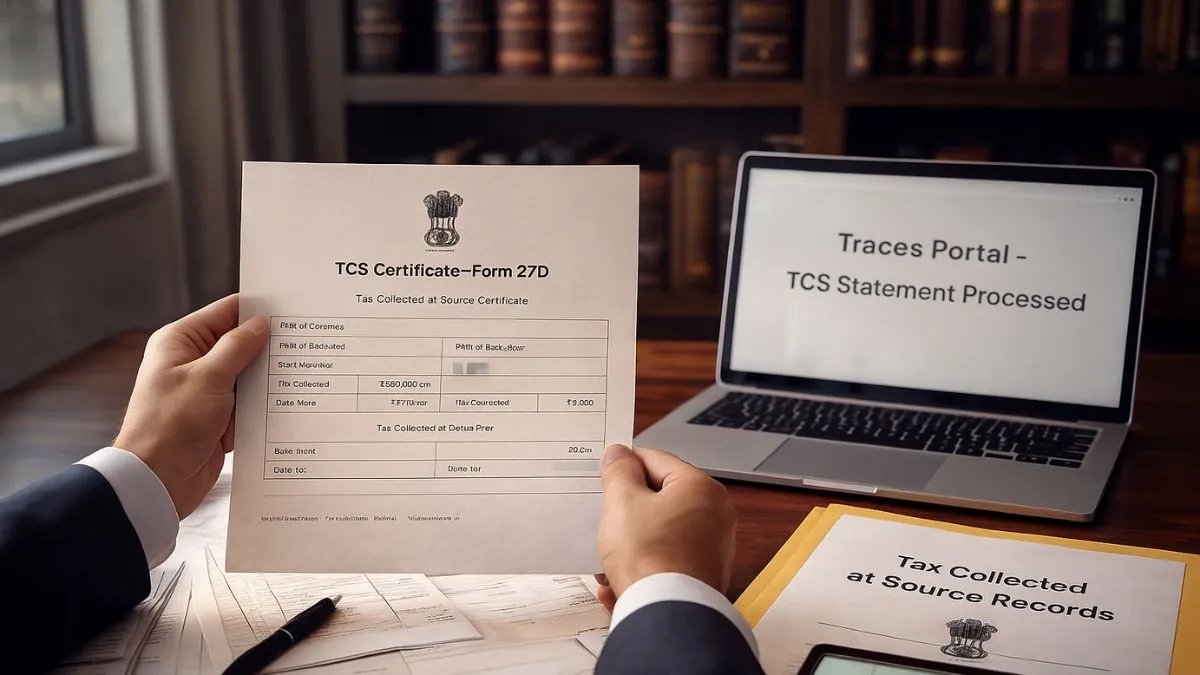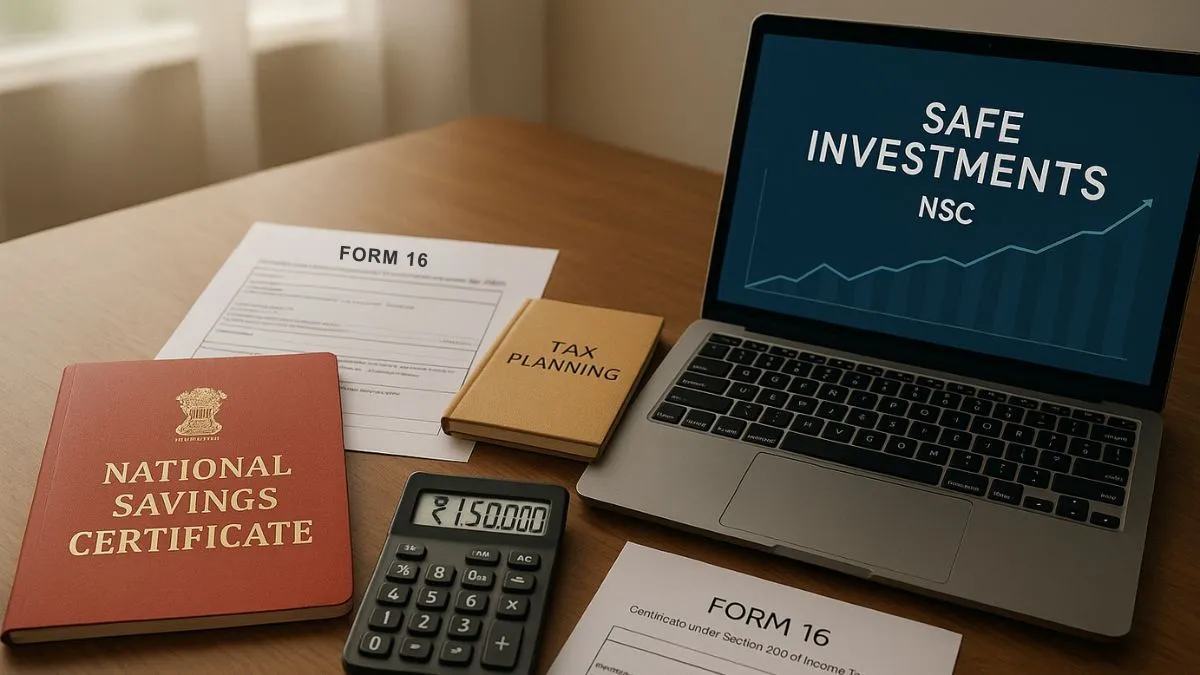
A fresh wave of global uncertainty has arrived with President Trump slapping a 25% tariff on Indian exports. The move—aimed at strategic recalibration—has put pressure on key Indian sectors like textiles, gems & jewellery, electronics, and steel.
In FY24 alone, these sectors contributed over $29 billion in exports to the US:
- Textiles: $11B
- Gems & Jewellery: $10B
- Electronics: $8B
These segments now face serious margin pressure, contract renegotiations, and potential job losses.
Sectoral Disruption: Who’s Getting Hit?
The hardest hit are labour- and skill-intensive industries:
- Textiles & Apparel: Low-margin business models can't absorb higher costs.
- Jewellery & Gems: Risk losing competitiveness.
- Electronics: Short reprieve for now under Section 232, but the review clock is ticking.
- Steel & Oil & Gas: International pricing gets even trickier.
Companies now face the classic dilemma: absorb the costs or pass them to customers. Either way, it's bad for business.
Impact on GDP and Fiscal Deficit
Brokerage estimates suggest that these tariffs could shave off 0.1% to 0.4% from India’s GDP in FY26 due to slowing exports and muted business sentiment. Over $10 billion in trade is directly exposed.
What makes it worse? A growing trade deficit and possible fiscal slippage if the government introduces subsidies to protect these sectors.
Credit agency CareEdge still expects the current account deficit to hover around 0.9% of GDP, but warns it could worsen.
RBI’s Tightrope Walk: Cut Rates or Not?
With inflation at a 5-year low, the RBI may consider a 25 bps rate cut in its August policy to cushion the export shock. But with the US Fed holding rates steady, India risks widening the interest rate gap.
If India cuts rates:
- The rupee may weaken
- FPI outflows could increase
- Bond yields may remain steady—but currency pressure could offset gains
Also Read: The Sole Investment Strategy that Buffett Endorses—and Its Relevance to Indians as Well
Stock Market Outlook: Sectoral Rotation Ahead
Expect volatility in Sensex and Nifty as earnings forecasts are likely to be downgraded in:
- IT Services
- Auto & Auto Ancillaries
- Textiles
- Electronics
- Oil & Gas
- Steel & Chemicals
Investors may rotate capital into:
- Financial Services
- FMCG
- Infrastructure
Meanwhile, fixed-income assets like high-rated corporate bonds are gaining ground as safer bets.
Geopolitical Heat: India-Russia-China Axis in Focus
Trump has hinted that these tariffs are not just economic—they're geopolitical. India’s growing energy trade with Russia and its positioning within BRICS are reportedly under the scanner.
China is also pushing back against US tariffs, and India seems to be caught in the crosswinds of this strategic triangle.
Is India Still Relevant in China Plus One?
Absolutely. Despite the tariff hit, India ranks just behind Vietnam and Indonesia in terms of effective trade costs. This keeps India well-positioned in the China Plus One strategy, especially for:
- Electronics manufacturing
- Pharma intermediates
- Light engineering goods
With global supply chains still diversifying away from China, India's role is far from over.
What to Watch Next
Keep an eye on:
- India-US trade talks and tariff rollback chances
- Q2 earnings for major exporters
- RBI’s August policy
- Rupee-dollar movement
- Oil prices
- Support packages for vulnerable sectors
Don’t Panic, Reposition
This tariff development is a wake-up call, but not a collapse. For investors:
- Reassess export-heavy stocks
- Shift allocation toward stable domestic sectors
- Consider adding bank investment schemes, long term investment options, or best investment options for salaried person to your portfolio mix
- Even if i have 2 lakhs rupees where to invest, prioritize high return yet lower-risk avenues like bonds or index-linked plans
Also Read: Home Loan Rates Just Dropped Below 7.5% — Which Bank Offers the Best Deal in 2025?











